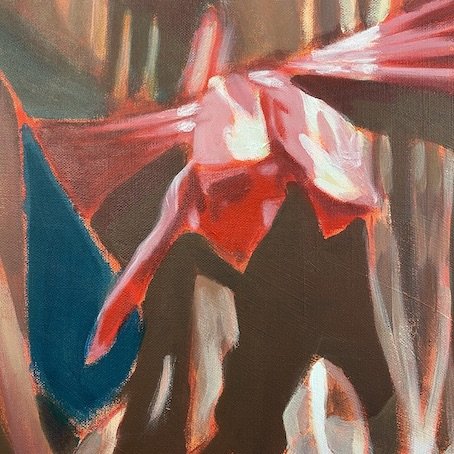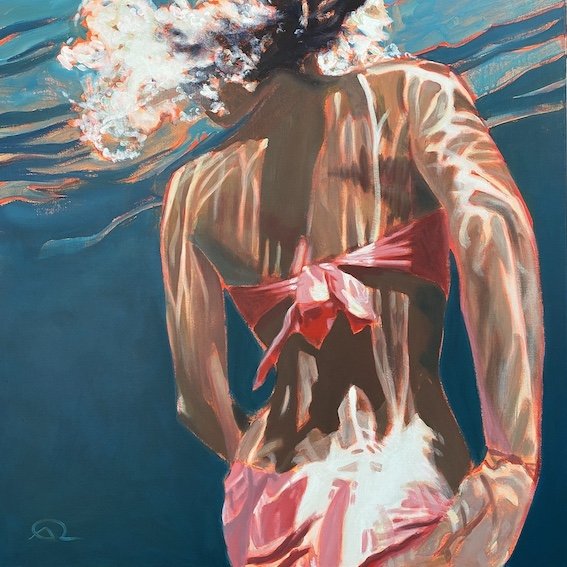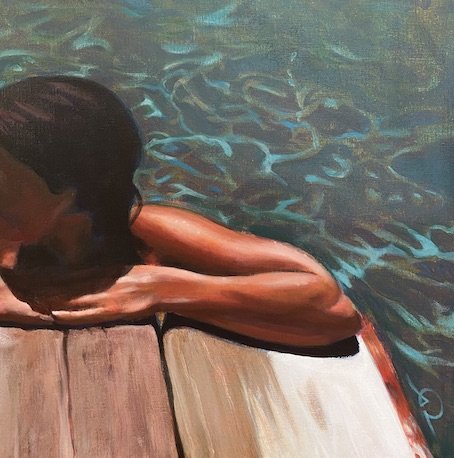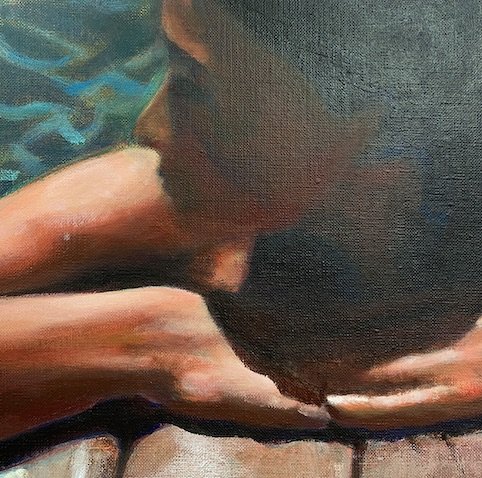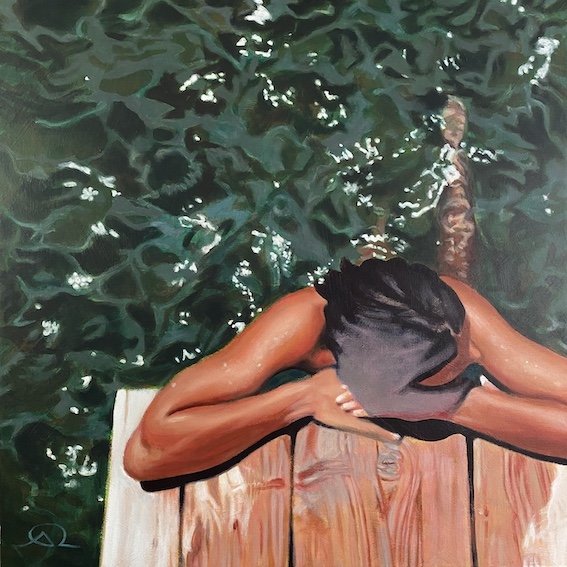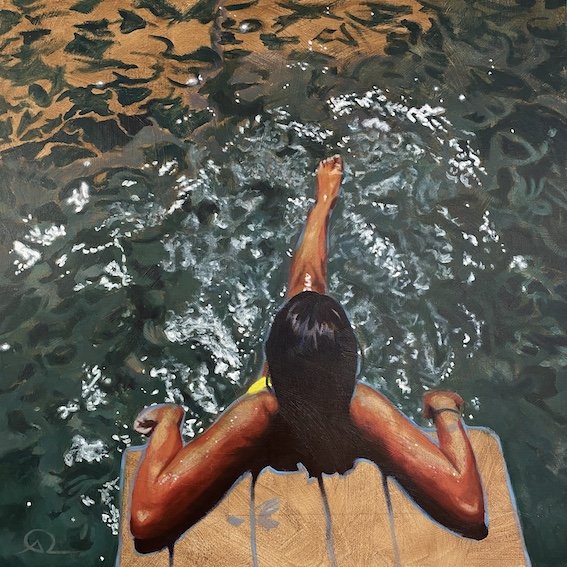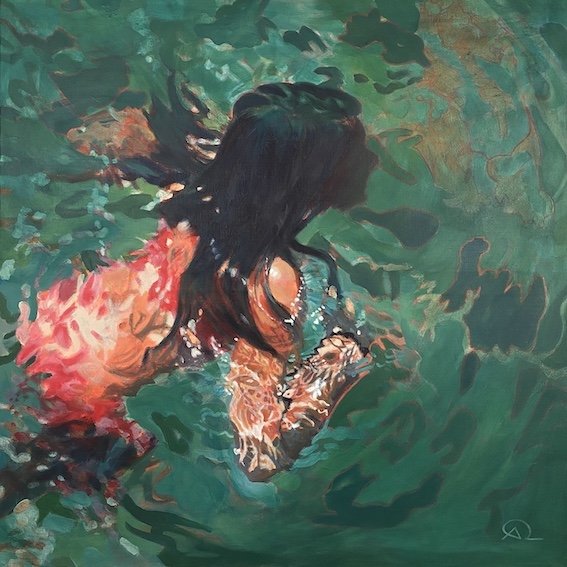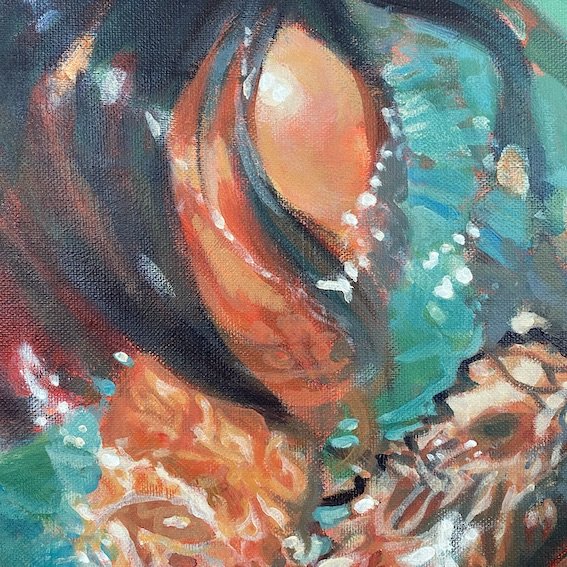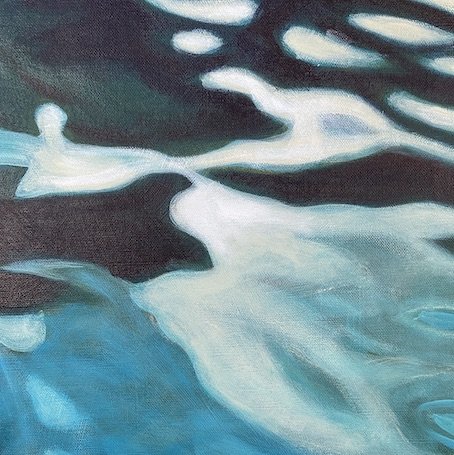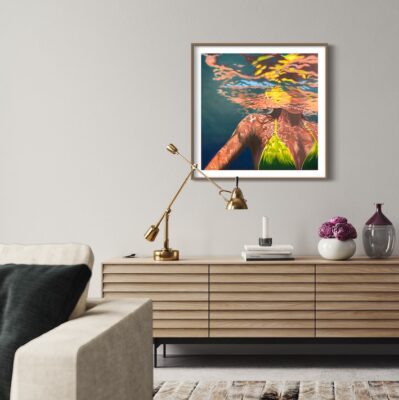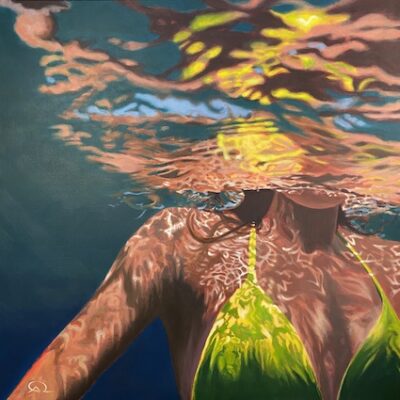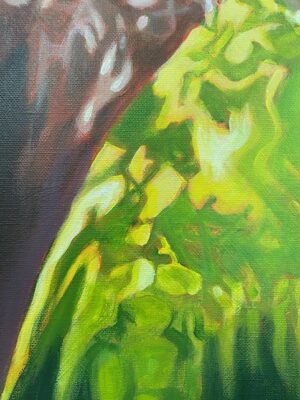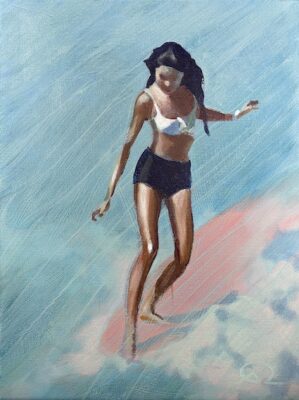An interzone for artists. A place where souls can be purged and inspired.
Phones prohibited. Secret program. Curated admission.
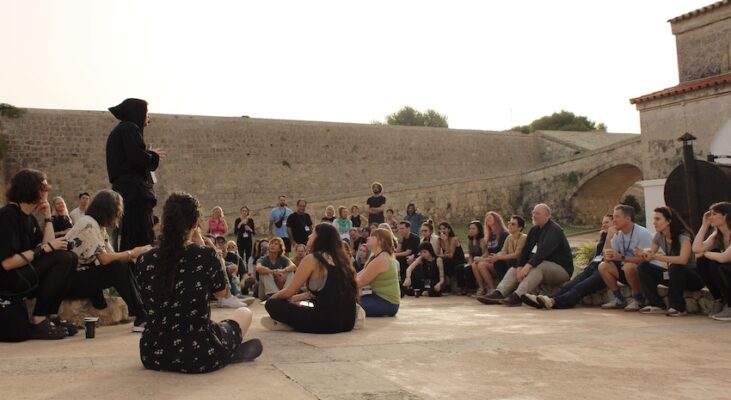
There we were, at last, in the streets of that little village of Es Castell. 80 artists, coming from all over the world, from New Zealand to Hawaï, all of us converging on that sunny morning of October towards the docks of Cales Font where a little wooden Minorcan boat would bring us to the island in 3 shifts. All of us painters, many illustrators, some tattooers, musicians, poets, dancers. My 5 roommates and I happened to be last in line.
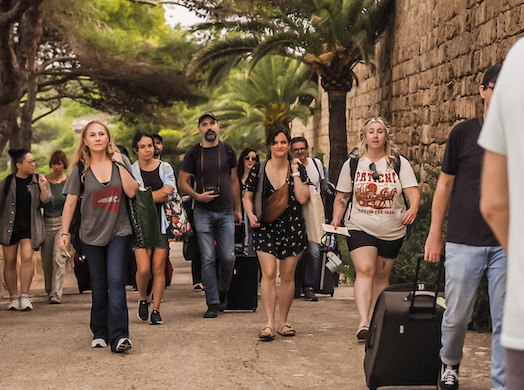
Waiting for us on the island: 7 mentors (5 art legends and 2 gallerists from LA and NYC), 10 professional models, and a whole Quarantine gang kindly obsessed with one goal: Take us out of our comfort zone. Which they did. Continuously, day after day.
The place
Imagine a gigantic quarantine island built for sailers infected with contagious disease. An immense fortress with double 7-meters-high stone walls, 5 watchtowers, 150 rooms, 7 warehouses. Thousands of souls passed this gate and never left the island. Their bones rest in the north side cemetery. We went to celebrate them by a full moon night. The architecture is wonderful. Built with blond stones coming from the huge British fortress of Sant Felipe after it was destroyed by the Spanish in the 18th century. Trees have fascinating shapes, probably inspired by the incredible stories they have been privileged to witness over the centuries.

The people
Like in any strong community, sociodemographic clues fail at defining the participants profile. We had to speak English. That’s probably the only criteria that would work here. Age? 19 to 75 years old. Origin? 20 countries, some living in huge cities, some coming from small islands. Maturity in art? Could make sense, half of us were full time artists with established career behind them, but the other half were not. Some started to take art seriously only 3 years ago. Wealth? Could be a good one because the program is quite expensive, but not even. Value perception can be a criteria of surprising subjectivity when confronted with motivation.
The goal
The intention was the binding element. One of courageous and fragile nature: All of us were seeking something that looked like a new creative path, a more personal expression, a new energy. That’s probably why connections happened so easily, with introverts and extraverts alike. That’s why I made friends for life. Nothing about technical skills. Our goal was to reset, not to learn. There was no teacher, only mentors. No classes, experiences. We were not discussing if the paintings were good, only if the process was triggering something.
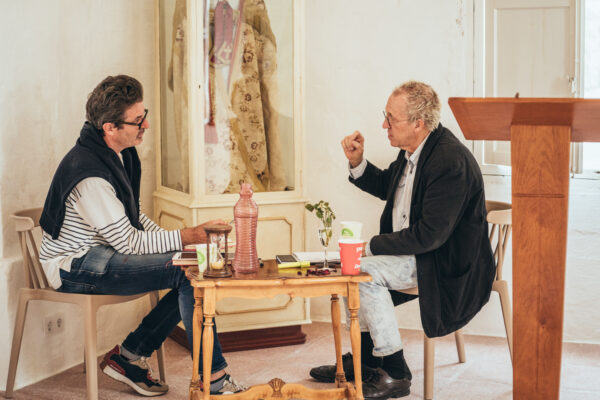
The process
This is classified information. We promised! Anyway, they change it all each time. All I can say is that those were 7 intense days, filled with surprises and sometimes quite uncomfortable instructions. We did paint a lot but never like we had been used to. Never like the day before. Always as if didn’t matter. As if we were only interested in life and art was just a language. Add to this a few individual mentoring sessions with guys like Edward Povey, Henrik Uldalen and Eloy Morales. A masterclass every morning. 10 super inspiring professional models. Tons of inspiring conversations during the breaks with wonderful people, including the other mentors Yuko Shimizu, Phil Hale, the showman Gary Baseman and the gallerists Ken Hashimoto and Jennifer Rizzo… You get the perfect cocktail for permanent experimentation, deeper conversation with yourself, and richer connection with the art world.

The output
Memories. Of people, places, moments, emotions.
I’ll never forget my 5 roommates and my 2 neighbors in the lab. I can vividly remember a bunch of moments. Like that day when I was outside in the sun, painting this wonderful model. Her tanned skin hardly contrasting with the large stones in her back. Her hair merged with the leaves of a plant sprouting from this ancient wall. Beauty, silence, gentle breeze, inspiration. Heaven in Purgatory.
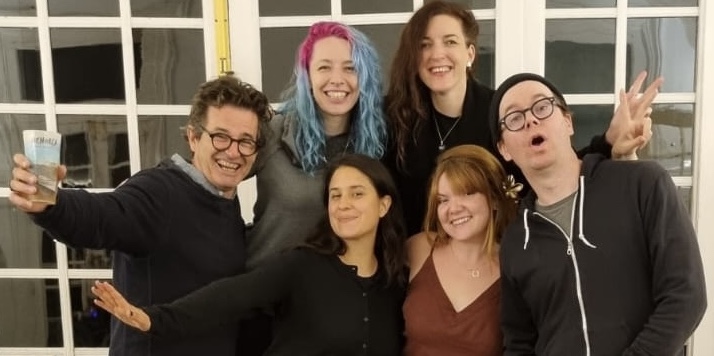
Clarity. About what we wanted to create, why, for whom. Now.
I’m refocusing on what inspires me now, what obsesses me, trees, even if it’s uncomfortable because I’m still in quest of a visual language. No longer on what I dreamt of being able to paint 15 years ago. (Thanks Henrik!).

I realizes the next thing I’m looking for in my creative journey is actually not a more distinctive style, but rather a way to pour more personal feelings in my paintings.
I made friends for life.
I didn’t keep any paintings. We burnt it all. Because it didn’t matter. Like this portrait of an old me.
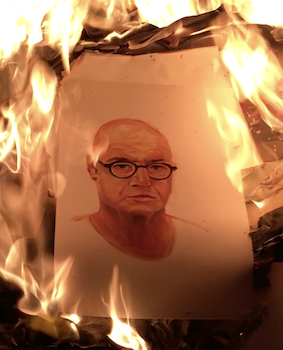
I’ve left a bit of my soul there…

